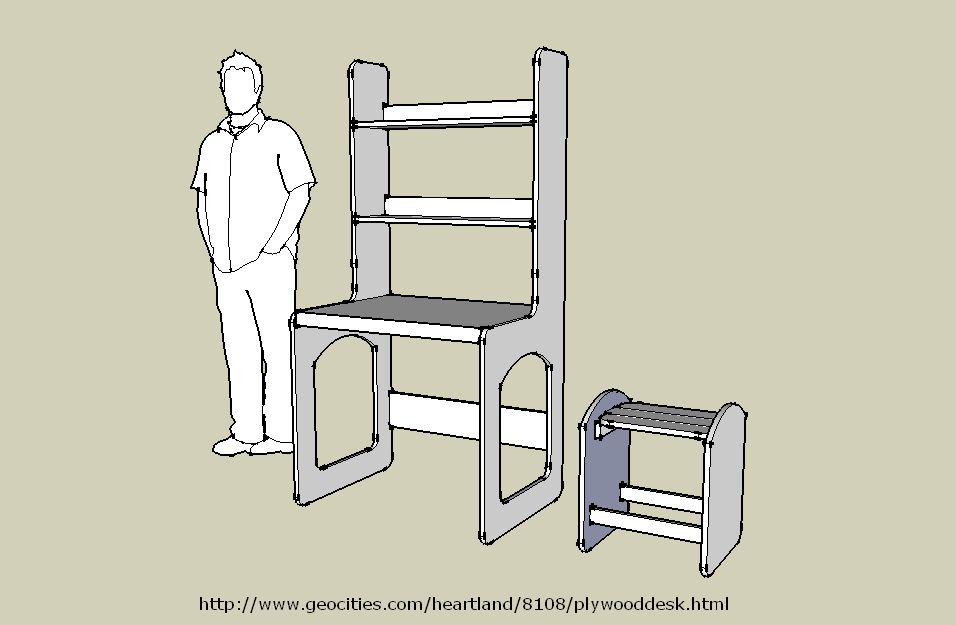
Jan 26, 2010 The construction line tool by Jim at SketchUp Plugins Blog is a tool that you can add to your tool bar to draw construction lines as you would a regular line. The tool works great and makes it easy to make construction lines quick and fast. Profile Tool tutorial. Profile Tool is a plugin for QGIS which makes it possible to generate (elevation) profiles for line features. The plugin is available through the default QGIS plugin repository.While testing the plugin, I found some aspects of using the tool might require additional instructions.
I offered this in a different post a few days ago as a potential remedy for drawing dashed lines.Another way to achieve dashed lines is to. draw the entity in solid line in the.skp file,. draw perpendicular lines that intersect the previously drawn entity. erase between the perpendicular lines to create the dashed effect. (also remove the perpendiculars as well)I use this method to portray doorswings for example in SketchUp models.
The technique translates very well in Layout for condocs also. You merely place the dashed doorswing on a specific layer that is turned on or off depending on the visibility desired.
You can also just draw a dash segment, copy it to the end of where you want the line to end, and divide then use “/#” to fill in the rest of the dashes. It works for straight lines or arcs.Using the door image above as an example. Assume the door is 36' wide, with dash segments of 5'. From the hinge, draw a 5' line toward plan-south. Copy the far end of that line (the end that isn’t touching the hinge) to a point 36' plan-south of the hinge. Type “/3”, enter. That will change the one copied line into three equally spaced lines.
A similar process with arcs and “rotate” can be used to create the dashes for the path of the door swing.
. Introduction to Service Workers. Working with the Fetch API. Caching Files With Service Worker. Lighthouse PWA Analysis Tool. Working with Promises.
Working with IndexedDB. Live Data in the Service Worker.
Using Workbox. Migrating to Workbox. Responsive Design. Responsive Images. Introduction to PWA Architectures.
Offline Quickstart. Working with Gulp. Introduction to Push Notifications. The Payment Request API.
Integrating Analytics. PWA with AMP. Cloud Firestore. PWA News Reader. PWA Ecommerce. Appendix. ReviewUsing a build tool for the first time can be daunting with multiple tools to install and new files to create.
Let's review what we've covered and how it all fits together.Because gulp and its plugins are node packages, gulp requires and its package manager,. They are global tools so you only need to install them once on your machine, not each time you create a project. In this text, we used (nvm) to install Node and npm, but they could also have been installed directly.Gulp runs from the command line, so it requires a command line tool to be installed. Like Node, it's a global tool, and only needs to be installed on your machine (not per project).When you want to use gulp in a project, you start by initializing the project with npm init. This creates a file called package.json. The package.json file tracks the Node packages that are installed for that project. Each time a new package is installed, such as the gulp-uglify plugin, package.json is updated with the -save-dev flag.

Plugin: Construction Line Tool Download
If the project is stored in version control or transferred without including all of the packages (a best practice), the packages can be quickly re-installed with npm install. This reads package.json and installs all required packages.Once plugins are installed, they need to be included in the gulpfile.js file. This file is where all gulp code belongs. This file is also where gulp tasks are defined.
Line Weight

Gulp tasks use JavaScript code and the imported functions from plugins to perform various tasks on files.With everything installed and tasks defined, gulp tasks can be run by executing command line commands (such as gulp uglify).
